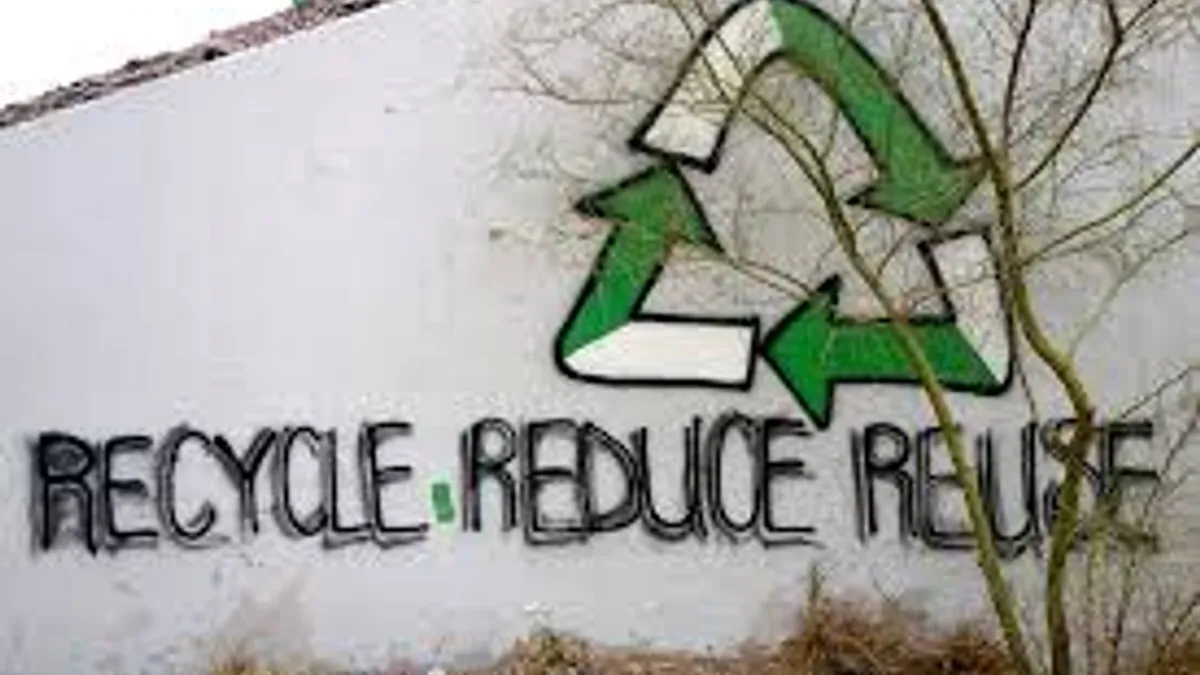Dive Brief:
- The latest Environmental Protection Agency (EPA) annual Toxics Release Inventory report reveals that most toxic chemicals from industrial facilities have increased due to production, but the release of those toxins — into the air, water, or put in a disposal unit — has decreased due to higher recycling rates and other "preferred practices" such as energy recovery.
- In 2014, about 84% of the 25 billion pounds of toxic chemicals in the U.S. were addressed through practices such as recycling, energy recovery, and treatment. Recycling accounted for about 48% of that number.
- In California alone, 1,277 of the state's facilities reported 568.5 million pounds of production-related toxic chemicals, 363.8 million pounds of recycled and 23.3 million pounds released on-site. The state’s combined on site and off site releases totaled 27.8 million pounds, down 20% from 2013.
Dive Insight:
The annual TRI, reported mainly by large manufacturers involved in metal mining, electric power generation chemical manufacturing, and hazardous waste treatment, is intended to notify the public of chemicals present where they live and work — as well as to inform them of how these chemicals are handled. TRI's toxic chemical list includes 594 chemicals in 31 chemical categories, most of which can cause cancer or other chronic conditions, and or adverse acute human health and/or environmental effects.
The latest data shows "…industry is recycling more and more each year, which is good for the economy and for the environment,” according to Jared Blumenfeld, EPA’s Regional Administrator for the Pacific Southwest.
Compared with figures from 2012, the volume of toxic chemicals managed from recycling and other preferred practices continues to increase slightly.














